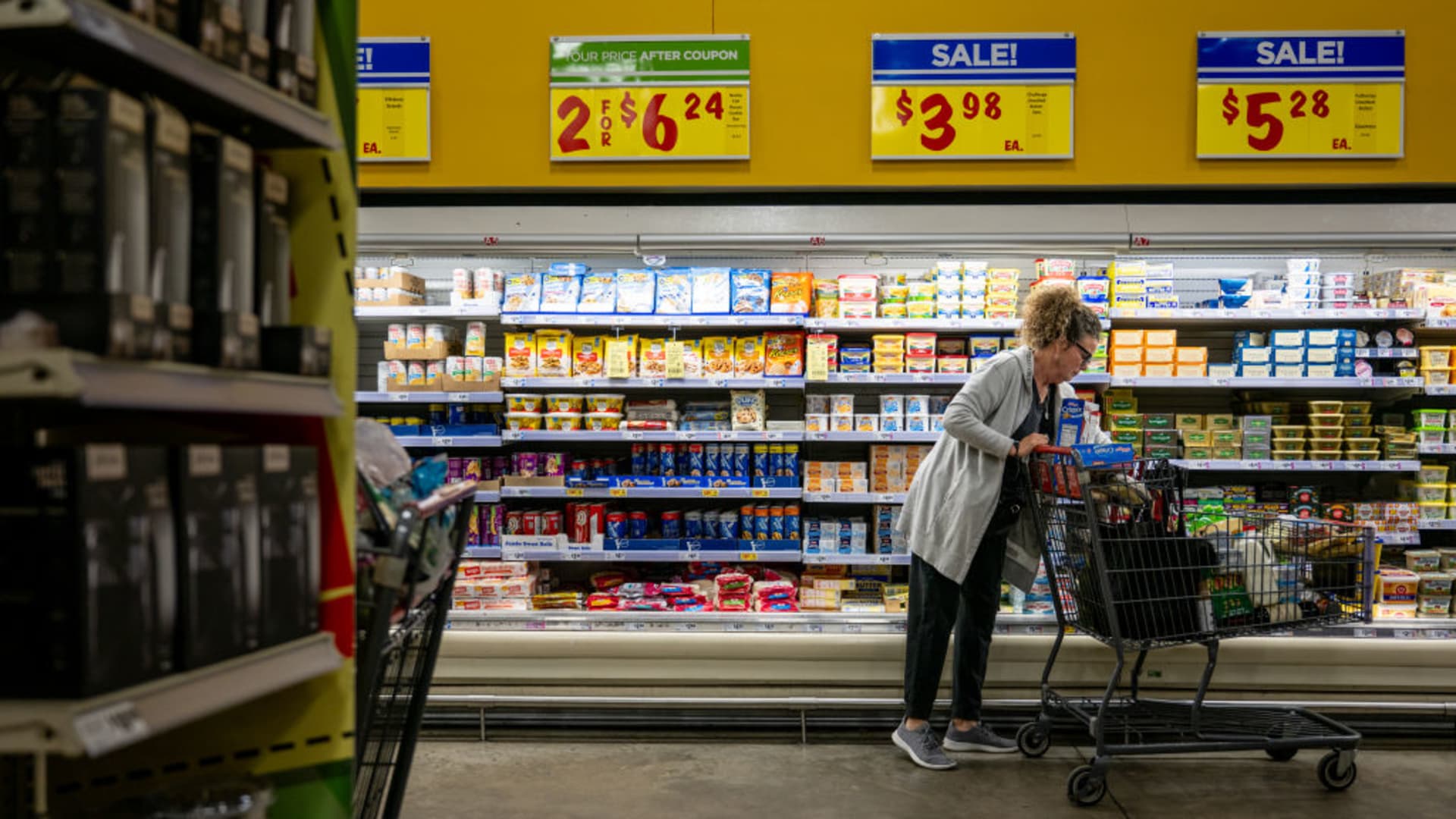U.S. companies are taking tariffs on the chin for now — but it may not last, Wall Street warned. Economists have expected that President Donald Trump’s steep levies on imports would lead American business to pass along those higher costs to consumers. For now, the short-term evidence points to domestic companies eating the increased taxes on products they import with smaller profits or narrowed profit margins, but many market watchers warn that may soon turn to increased consumer prices later in the year. What appears to be happening is that overseas exporters are not absorbing the cost of higher tariffs. “The top-down macro evidence seems clear: Americans are mostly paying for the tariffs,” said London-based Deutsche Bank strategist George Saravelos. Saravelos pointed to China as an example of a nation not feeling the full bite of Trump’s trade policy to limit free trade. While Saravelos said the world’s second-largest economy faces an average tariff rate above 30%, dollar import prices into the U.S. have fallen 1%. Within the U.S., Saravelos said the consumer price index hasn’t shown major spikes as a result of these levies. Because of that, he concluded that the American importers have taken a hit to profit margins rather than hiked prices to consumers. But that may not be the case for much longer, warned Saravelos and Nancy Lazar, Piper Sandler’s chief global economist. By Lazar’s math, “core” CPI — which excludes volatile food and energy prices — should rise at an annual rate of 3.2% in the third quarter as companies pass down prices following the Aug. 1 tariff deadline. That’s up from 2.1% in the second quarter, she said, and would spur “stagflationary” higher prices and limited growth. Companies warned of price hikes as Trump first announced his tariff plans earlier this year. But the lack of notable upward pressure on inflation data thus far can indicate the increases weren’t as severe as feared. It can also help explain the continued strength in spending despite consumers’ sour economic outlook. Lazar said the U.S. is paying for about 90% of tariffs on consumer goods. The companies importing such goods are covering 60%, leaving the final 30% to shoppers. Foreign exporters, she said, are covering “very little” of Trump’s levies and “are getting off easy.” To be sure, some areas have seen notable changes to price tags as global trade policy has shifted. Paul Donovan, chief economist at UBS, cited data showing U.S. consumers are shelling out 3.6% more on average for appliances compared with March. Their counterparts in Europe, the U.K., Mexico and Canada, on the other hand, are paying between 0.3% and 1.9% less. Businesses feel impacts Given the impact to business, tariffs have been a hot topic on second-quarter earnings calls by corporate management teams. Ahmed Moghal, finance chief at oilfield service provider Baker Hughes , said on the company’s earnings call this week that higher tariffs resulted in a $15 million hit to earnings before interest, taxes, depreciation and amortization in the second quarter. Higher steel and other tariffs are raising the cost of oilfield equipment. For Conagra Brands , current tariff rates should add about 3% to the cost of goods sold, CEO Sean Connolly said earlier this month. That equates to extra costs of more than $200 million annually for the maker of Marie Callender’s frozen meals and Reddi-wip whipped cream. At coffee machine and soft drink maker Keurig Dr Pepper , CEO Timothy Cofer said the levies can weigh on the coffee segment in the second half of the year. While he acknowledged that the situation is “a bit fluid,” he said to expect “some additional pressure.” “The tariff impacts will become prominent,” Cofer said on a Thursday call with analysts.





